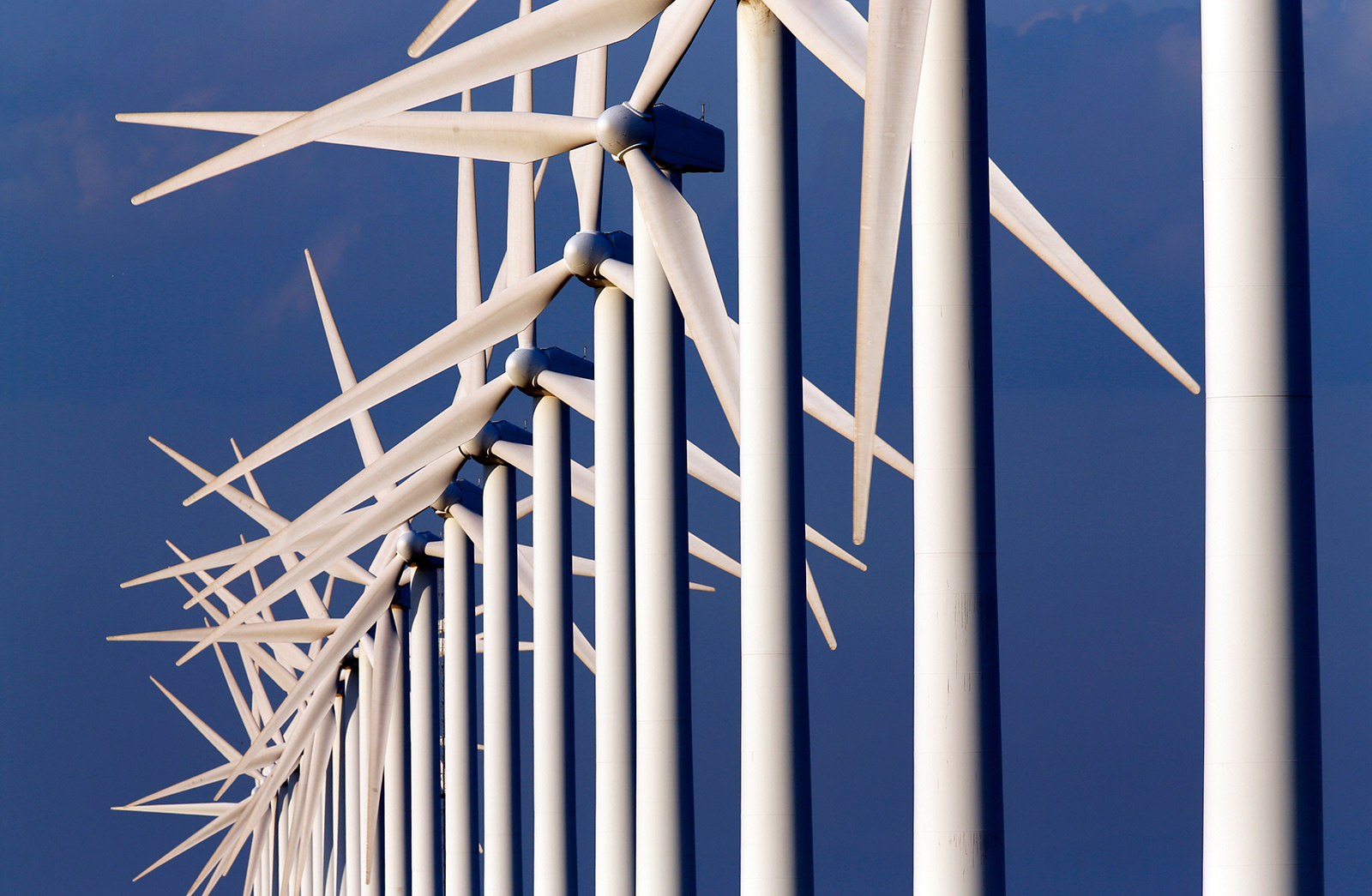The world’s largest floating wind farm is coming to the U.K.
The Scottish government has announced that it will allow Norwegian oil company Statoil to construct the world’s largest floating offshore wind farm off the coast of Peterhead. The project — a pilot study — will have five floating turbines and be able to power 20,000 homes.
The Guardian reports:
Statoil’s executive vice president for new energy solutions, Irene Rummelhoff, said: “Floating wind represents a new, significant, and increasingly competitive renewable energy source. Statoil’s objective with developing this pilot park is to demonstrate a commercial, utility-scale floating wind solution, to further increase the global market potential.
“We are proud to develop this unique project in Scotland, in a region that has optimal wind conditions, a strong supply chain within oil and gas, and supportive public policies.”
The development, known as Hywind Scotland, differs from conventional offshore windfarms by using turbines attached to the seabed by a three-point mooring spread and anchoring system. The turbines are interconnected by cables, one of which exports electricity from the pilot farm to the shore at Peterhead.
Floating turbines make wind energy possible in places where deep seas render bottom-mounted wind turbines impractical, as industry expert Maurice Jenkens told edie.net. And the technology of floating turbines isn’t that different from traditional wind farms — they are basically standard turbines that are mounted to a platform and dragged out to sea.
Floating wind farms have several advantages over traditional wind farms: Moving them out of sight addresses the common complaint that wind turbines are ugly, and the wind is stronger farther offshore anyway. They are also, however, really, really expensive — even more expensive than shallow-water wind farms, which is why we probably won’t see them off the coast of the U.S. any time soon. While the Energy Technologies Institute reported that floating wind farms could be a cost-effective form of renewable energy in the U.K. in the next decade, construction on the first traditional offshore wind farm in the United States just began in July.
“There are many good reasons why offshore wind has not been yet developed while other renewables have in the U.S.,” energy consultant Paul Bledsoe told the New York Times — mainly the cost. “However, we’re still at a point where we have less than 10 percent renewable energy and if we are going to increase that number dramatically to somewhere near some of the major European countries, offshore wind will almost surely be part of that mix.”
Here’s hoping. In the meantime, construction on Hywind is set to begin next year.



